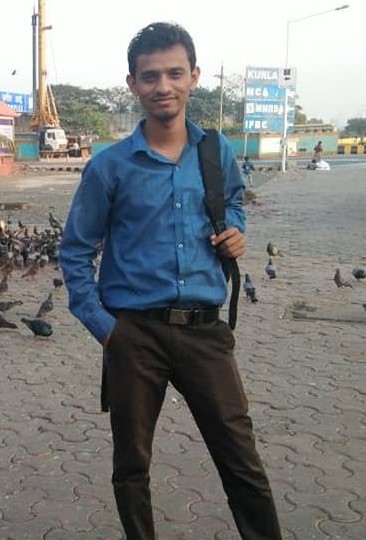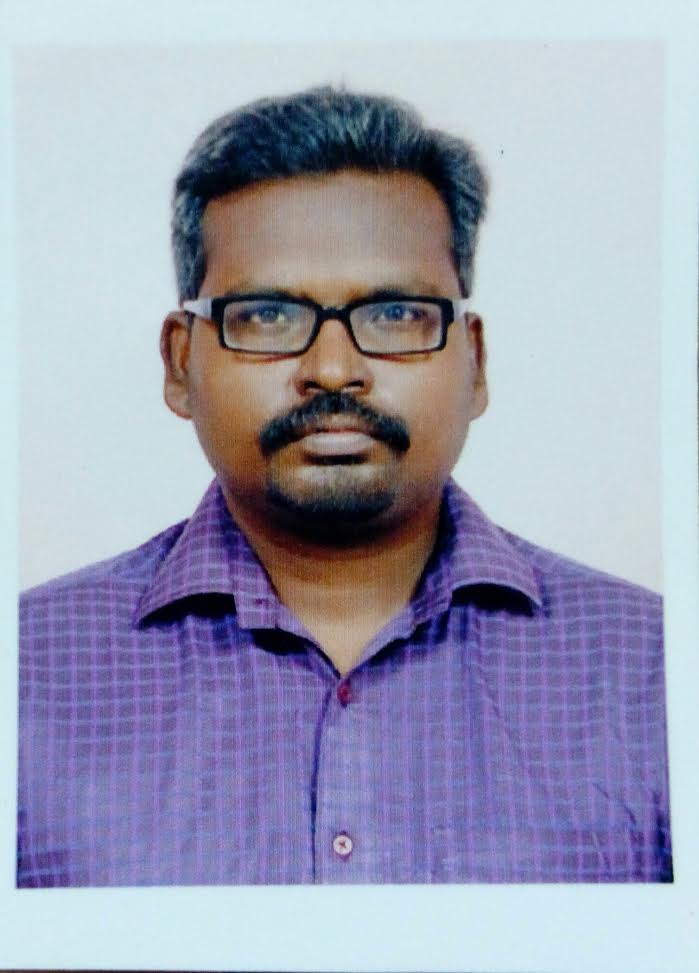Mayur Kadupale
 Undoubtedly, education as an agency has not only contributed to empower the oppressed communities but also helped rationalize their minds. This idea of emancipation can be located in the activities and approaches of the social theorists, right from Paulo Freire to Indian anti-caste activists like Mahatma Phule, Shahu Maharaj, Babasaheb Ambedkar, Narayana Guru, Mahatma Ayyankali and Jogendra Nath Mandal. This very reason instigated Indian anti-caste activists to fight against the unequal social and political system.
Undoubtedly, education as an agency has not only contributed to empower the oppressed communities but also helped rationalize their minds. This idea of emancipation can be located in the activities and approaches of the social theorists, right from Paulo Freire to Indian anti-caste activists like Mahatma Phule, Shahu Maharaj, Babasaheb Ambedkar, Narayana Guru, Mahatma Ayyankali and Jogendra Nath Mandal. This very reason instigated Indian anti-caste activists to fight against the unequal social and political system.
Pierre Bourdieu stated that ‘the sharing of time, space, and activities [cultivates] a shared habitus and the feeling of friendship’. Schooling plays a key role in this assimilation through ‘shared habitus’. Even after 70 years post independence, educational spaces could not create this feeling of friendship among students(across castes). Brahmanical ideology among upper castes is the biggest obstacle in the path of assimilation for the student community. Anti-caste activists who had always envisioned emancipated educational spaces are still longing for it.
Social structure and its manifestation in education
Historically, there has been no space for the non-Brahmin (Shudras, other castes, Ati-Shudras and Tribals) communities in educational spheres. By virtue of their historical struggles, the oppressed communities with the colonial intervention were able to create space for themselves in the academics of colonial India. It was a revolution that accelerated the making of a new society subverting the deeply unequal social structure. But, post-independence, it became more difficult for the students of the oppressed communities to survive in the educational spaces which were still dominated and controlled by savarna castes. The idea of a new society based on equality and the efforts towards this were sidelined and the institutes (both old and newly formed) worked towards maintaining of the status quo of Brahmanism as prescribed in the their scriptures.
Positive discrimination is a way of creating opportunities for the ones who were historically denied access to different spheres. When students from these communities started moving into the educational sphere, the Brahmanical irritation about this was not easy to deal. The stories of Shambuka and Ekalavya seems to be relived in the Indian educational institutes. The ones in power wish to deny the opportunity to those who have been historically denied education, and so even after the constitutional provision of affirmative action, they are using harassment as the tool to deny the access.
Mental harassment in academics
For the wellbeing of an individual, both physical and mental health are considered important. When the students from the oppressed communities reach academic campuses, they face discrimination from faculty and other students as well, right from their entry to the end of the academic period. In my master’s research, I had seen that such harassment affects the confidence of students from the marginalized community and cause them various difficulties and trauma. These factors hinder the growth and well-being of students and even cause dropouts.
There have been many research studies on caste experiences in academic spaces. I would like to mention one such study conducted by Gaurav J. Pathania & William G. Tierney (2018). The study inferred that “Upper caste students evoke caste in two different ways : (1) through criticizing the reservation system, and (2) through discussing the ‘hereditary traits’ and ‘behavior’ of lower caste students”. In the study, one respondent claimed that “values and culture, genes are transferred through the family. SC/ST and even OBC people don’t have those values in their family because their hormones are different”. Here we get an understanding of the level of abhorrence that upper castes have for lower caste students. Such an environment is very detrimental to the academic progress of the students who are considered lower castes. They spend a substantial time of their academic term in defending themselves or resisting upper caste verbal attacks and abuses, which are no less than humiliation.
History of Caste discrimination in Medical Education
The oppression and injustice against the students from lower castes are practised at every level of education. Medical education in India also manifests the same ill practices that other academic spaces carry.
Dr Palpu is an early known example of such discrimination when he was denied entry to medical education in Travancore province as he belonged to the Ezhava (OBC) community. Although his rank was 4th in the entire province, even this failed before his caste status. He was denied entry to the Travancore Medical College and had to go to attend medical college in Madras and later in England to become a trained physician. After that also he was not allowed to work in Travancore and had to practice in Mysore. This caste perpetuation in Medical schools from the begining of medical education in India continue to be in force and its latest victim is Dr Payal Tadvi.
While working on my master’s study on ‘Caste, identity and mental health of socially marginalized students in medical institutes’, I found ragging as a common phenomenon, perpetuating caste, and which has a sanction among larger student community. Engaging deeper in the issue, I came to know that it is not just an issue between senior and junior students, but it is caste that is enforced during ragging.
This is also the reason that anti-ragging policies could not stop caste-based bullying in the name of ragging. M.D. second-year student Dr Payal Tadvi was a victim of ragging and abuse by her seniors, not just based on her junior position but also based on her caste location. Dr Payal was from the Bhil tribal community and was the first from her community to pursuit post graduation in medicine. Even after complaining to senior authorities of the hospital about casteist harassment, they took a silent position, and did nothing to stop repeated abuses and harassment by the seniors.
Not suicide, but murder
How it can be termed a suicide when it was forced upon her by deep hatred and caste-based arrogance of ‘twice-born’ communities? Humiliation has a deep impact on the human psyche. What could Dr Payal have done, when the so-called merit donning upper caste girls, created immense pressure, and no instituational support was provided to her to fight it? It is an institutional murder and in this context, a brahmanical institutional murder.
Is reservation policy the only solution?
Bahujan communities form the majority of the population in the Indian society, but if you see their representation in higher and professional academics, they are still in minority. Instead, those who are the actual social minority, the ‘twice-born’ castes, are numerically high in every institutional sphere. One of my professors always said, ‘The classroom (in universities) is not actually classroom, but is a caste-room, where one might or might not know the class location but surely knows the caste location of fellow students’. Similar is the structure of the faculty at the academic institutions which should be called caste institutions, where just like students, the twice-born communities are substantially more represented than the socially backward majority castes. In an oppressor setup like this, alienation comes naturally to oppressed caste students when her/his presence in these educational spaces is undesired. Ideally, a student needs a discrimination and violence free environment for studies, and anything short of this hinders her/his wellbeing.
In my observation, wherever there has been a good and sizeable representation of oppressed caste members, such a space is more suitable for the academic growth of the student. They will feel comfortable, wherever such ‘othering’ does not come in their way of growth. If we are wishing safety, wellbeing and growth of our Bahujan youth and students, a strong policy that assures just representation of social groups through stricter implementation of affirmative action for students and the faculty, is the need of the hour.
~~~
Mayur Kudupale is a student of TISS. His interest areas are caste, social inequality, and mental health.










